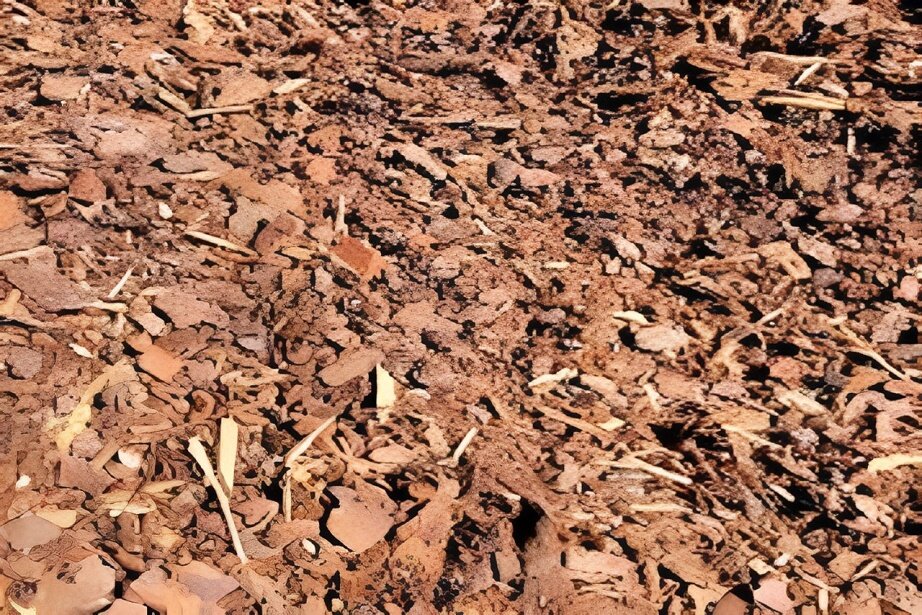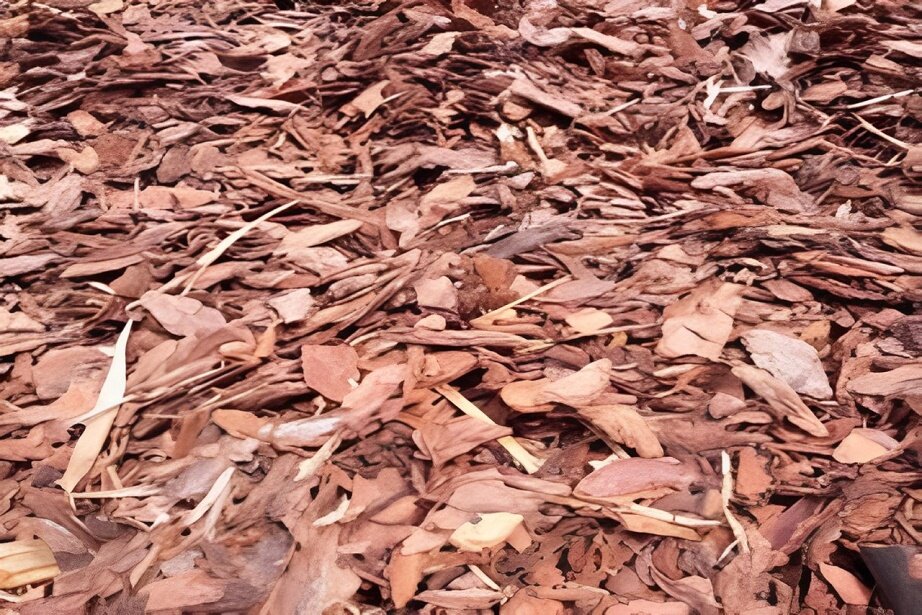How To Use, Clean, Benefits Pine Fines For Plant
Pine fines, a byproduct of pine tree processing, are a valuable addition to gardening and landscaping. They enhance soil structure, improve drainage, and contribute to a healthier plant environment. Proper use and cleaning can maximize their benefits for your plants.
How To Use Pine Fines For Plant

Pine fines are a versatile soil amendment and mulch beneficial for plants. To use them effectively, mix pine fines into garden soil to improve its structure, enhance aeration, and boost drainage.
They help break up heavy soils and add organic matter that supports healthy root growth. For mulching, spread pine fines around plants to retain moisture, and suppress weeds.
Regulate soil temperature. Apply a layer about 2-3 inches thick, ensuring it doesn’t touch plant stems. Regularly check and replenish the mulch as needed. Pine fines decompose slowly, providing long-lasting benefits and contributing to a well-balanced garden ecosystem.
How To Clean Pine Fines For Plant
- Rinse Thoroughly: Wash pine fines under running water to remove dust and debris.
- Sift through: Use a sieve or mesh to separate larger particles or foreign materials.
- Dry Completely: Spread pine fines out on a tarp and let them air dry before use.
- Check for Contaminants: Ensure there are no signs of mold, pests, or diseases.
- Store Properly: Keep cleaned pine fines in a dry, covered container to maintain quality.
- Test pH Levels: Occasionally test the pH to ensure it remains suitable for spring bedding plants.
- Mix with Soil: Combine cleaned pine fines with soil to enhance aeration and improve plant growth for your spring bedding plants.
Pine fines are small particles of pine wood and bark, typically produced during the milling of pine trees. They are used in gardening and landscaping to improve soil structure, enhance drainage, and act as mulch.
Wood fines are small particles of dust produced during the processing or milling of wood. They are used in various applications, including as a soil amendment, mulch, or component in composite materials.
Pine bark consists of larger, coarse pieces of the outer bark of pine trees, used for mulch and soil amendment. Pine fines are finer, smaller particles derived from both pine wood and bark, often used to improve soil texture and drainage.
Fines in soil refer to very small particles, such as silt or clay, that are less than 2 millimeters in diameter. They affect soil texture, drainage, and nutrient retention.
Pine Fines Benefits For Plant

Pine fines offer several benefits for plants, making them an excellent addition to your garden. They improve soil structure by enhancing aeration and drainage, which is crucial for root health.
Pine fines also help retain moisture and regulate soil temperature, creating a more stable environment for plant growth. Their slow decomposition provides a steady release of nutrients, enriching the soil over time. When used as mulch, they can suppress weeds and reduce erosion.
For those seeking the best compost for the garden, combining pine fines with other organic materials can create a balanced and effective growing medium.
Conclusion
Pine fines offer numerous benefits for gardening and landscaping, including improved soil aeration, better drainage, and enhanced nutrient retention. To use pine fines effectively.
Incorporate them into your soil or use them as mulch to protect and enrich the root zone. Regularly clean pine fines to remove debris and ensure they remain effective; simply rinse them with water and let them dry.
By following these practices, you can optimize the advantages of pine fines, fostering healthier plants and a more vibrant garden. Embrace pine fines as a sustainable and versatile resource to elevate your gardening efforts.
